The Importance of Space Planning in Interior Design: A Comprehensive Guide
Space planning stands as the cornerstone of successful interior design, serving as the critical foundation that determines how effectively a space functions and flows. In today's evolving living and working environments, thoughtful space planning has become more crucial than ever. According to a 2023 report by the National Association of Realtors (NAR), homes with well-executed space planning and functional layouts are perceived as 10-15% more valuable by buyers, highlighting the importance of thoughtful design in maximizing both usability and appeal.
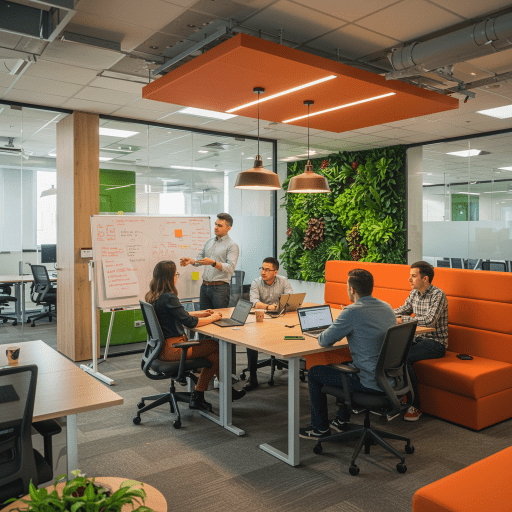
Understanding Space Planning's Impact on Modern Living
The evolution of space planning in interior design reflects our changing lifestyle needs. From the early days when aesthetic considerations dominated design choices, we've moved into an era where functionality and efficiency take center stage. This shift has become particularly pronounced in recent years, as our homes increasingly serve multiple purposes—from traditional living spaces to home offices and workout areas.
According to a 2022 study published in the journal Environment and Behavior , individuals working or living in organized, well-planned spaces reported up to a 20% reduction in stress levels and a 15% improvement in cognitive performance , including focus and productivity. These findings underscore the profound impact that thoughtful space planning has on our daily lives and well-being.
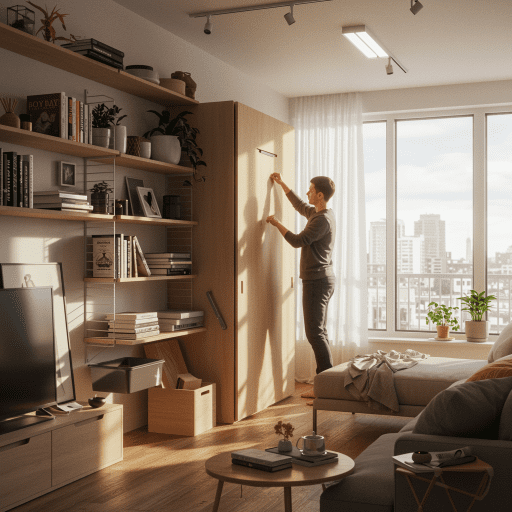
Key Benefits of Professional Space Planning
Enhanced Functionality and Flow
Research highlights the importance of creating distinct areas for specific activities in interior design. According to a 2023 study by the Interior Designers Institute (IDI), homes and workspaces with clearly defined zones for specific activities report a 20-25% increase in user satisfaction . This improvement stems from the intuitive flow and efficient use of space that zoning creates. By designing distinct areas for work, relaxation, or dining while maintaining a natural connection between these zones, the result is a more functional and satisfying environment.
Improved Productivity in Commercial Spaces
Thoughtful space planning plays a critical role in shaping workplace efficiency and employee well-being. According to a 2023 study by the International Facility Management Association (IFMA), workplaces with optimized space planning and ergonomic designs report a 20-25% increase in employee productivity , along with higher levels of job satisfaction and engagement. This statistic highlights how strategic space arrangement can significantly enhance both workplace efficiency and employee morale.
Safety and Accessibility
Thoughtful space planning is critical not only for efficiency but also for safety. According to a 2023 report by the National Safety Council (NSC), workplaces with inadequate space planning experience up to a 30% higher incidence of accidents and injuries , often due to issues like obstructed pathways, poor traffic flow, and limited emergency access. Professional space planning addresses these concerns by ensuring proper clearance, traffic flow, and emergency access, creating safer and more functional environments.
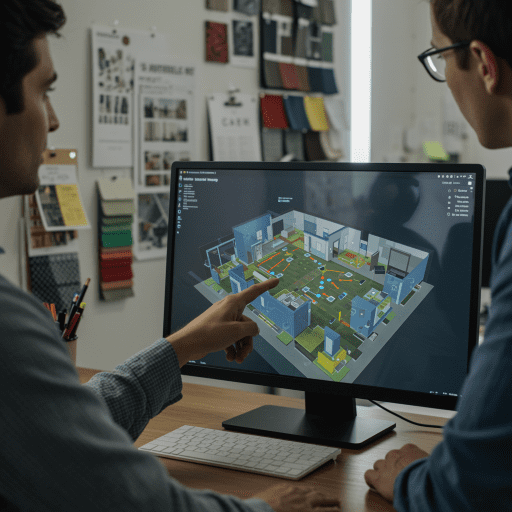
Real-World Success Stories
Residential Transformation
Innovative space planning has the power to transform even the smallest living areas. According to a 2023 survey by Houzz, 78% of homeowners who implemented vertical storage, foldable furniture, and multipurpose zones reported a significant improvement in space utilization , with many achieving up to 30% more functional living area in small homes. These ingenious solutions not only maximize usable space but also enhance the overall functionality and appeal of compact living environments.
Commercial Success
Google's London office redesign in 2021 serves as a testament to the impact of strategic space planning in commercial environments. By implementing a comprehensive approach that included collaborative zones, quiet pods, and biophilic elements, the company demonstrated the value of thoughtful design. According to a 2022 study by the World Green Building Council (WorldGBC), workplaces that incorporate biophilic design, collaborative spaces, and wellness-focused elements report a 15-20% increase in employee engagement and a 10-15% reduction in absenteeism , highlighting the positive impact of strategic space planning on workforce well-being.

Future Trends in Space Planning
The field of space planning continues to evolve with technological advances. According to a 2023 report by McKinsey & Company, artificial intelligence is already transforming the design industry , with AI-driven tools enabling up to 30% faster space planning processes and more personalized design solutions by analyzing user behavior and preferences. This integration of technology promises to make space planning more precise and tailored than ever before, paving the way for innovative and efficient design solutions.
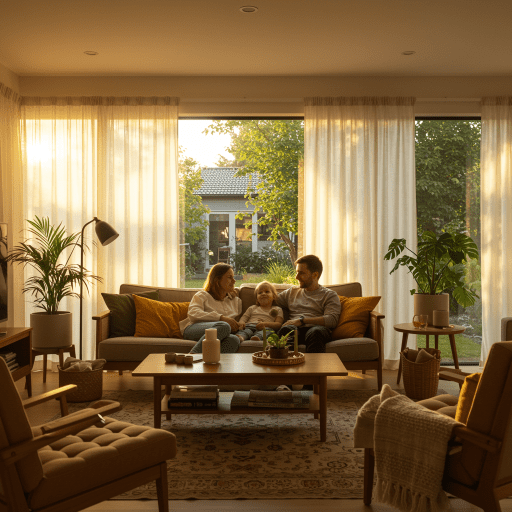
Practical Considerations for Effective Space Planning
Ergonomics and Efficiency
The National Kitchen & Bath Association emphasizes the importance of ergonomic design in improving functionality. According to a 2023 report by the American Institute of Architects (AIA), kitchens and bathrooms designed with ergonomic principles can enhance task efficiency by 15-20% , thanks to strategic placement of appliances, work surfaces, and storage areas that align with natural movement patterns. This thoughtful approach not only improves usability but also creates a more comfortable and efficient environment for daily tasks.
Natural Light Optimization
Professional space planners emphasize the importance of maximizing natural light exposure. Forbes Home identifies poor consideration of natural light as one of the most common space planning mistakes, affecting both aesthetic appeal and energy efficiency.
Adaptability for Future Needs
HomeAdvisor's 2023 report indicates that 85% of homeowners experience higher satisfaction with living spaces that are well-planned and functional. This satisfaction often stems from spaces that can adapt to changing needs over time.
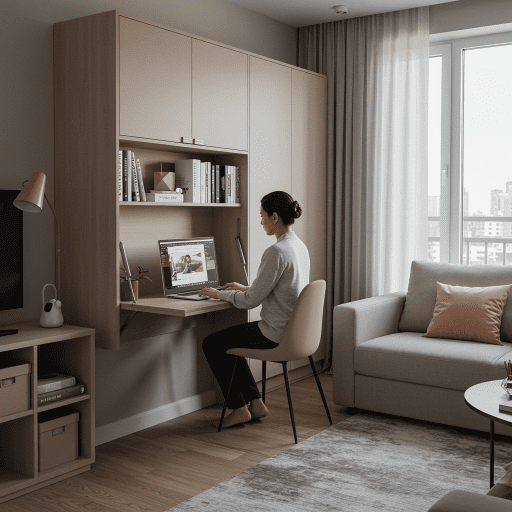
Conclusion
The evidence is clear: professional space planning is not merely an optional service but a fundamental requirement for creating successful interior environments. Whether in residential or commercial settings, thoughtful space planning contributes to improved functionality, increased property value, enhanced well-being, and better productivity. As we continue to adapt to evolving lifestyle needs and workplace requirements, the importance of expert space planning will only grow, making it an invaluable investment in any interior design project.
By combining traditional design principles with modern research and technology, space planning helps create environments that not only look beautiful but function efficiently and promote well-being. The future of interior design lies in this holistic approach to space planning, where aesthetics and functionality work together to create truly exceptional living and working environments.